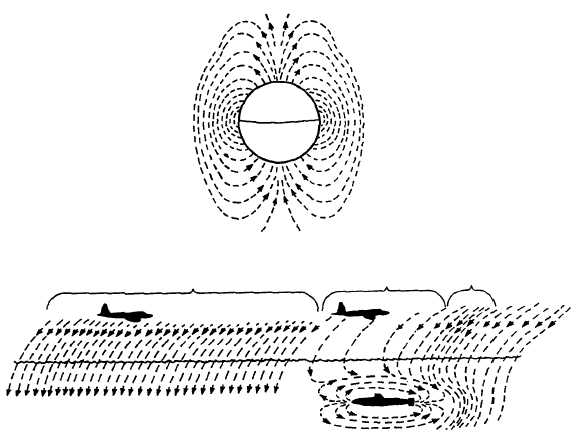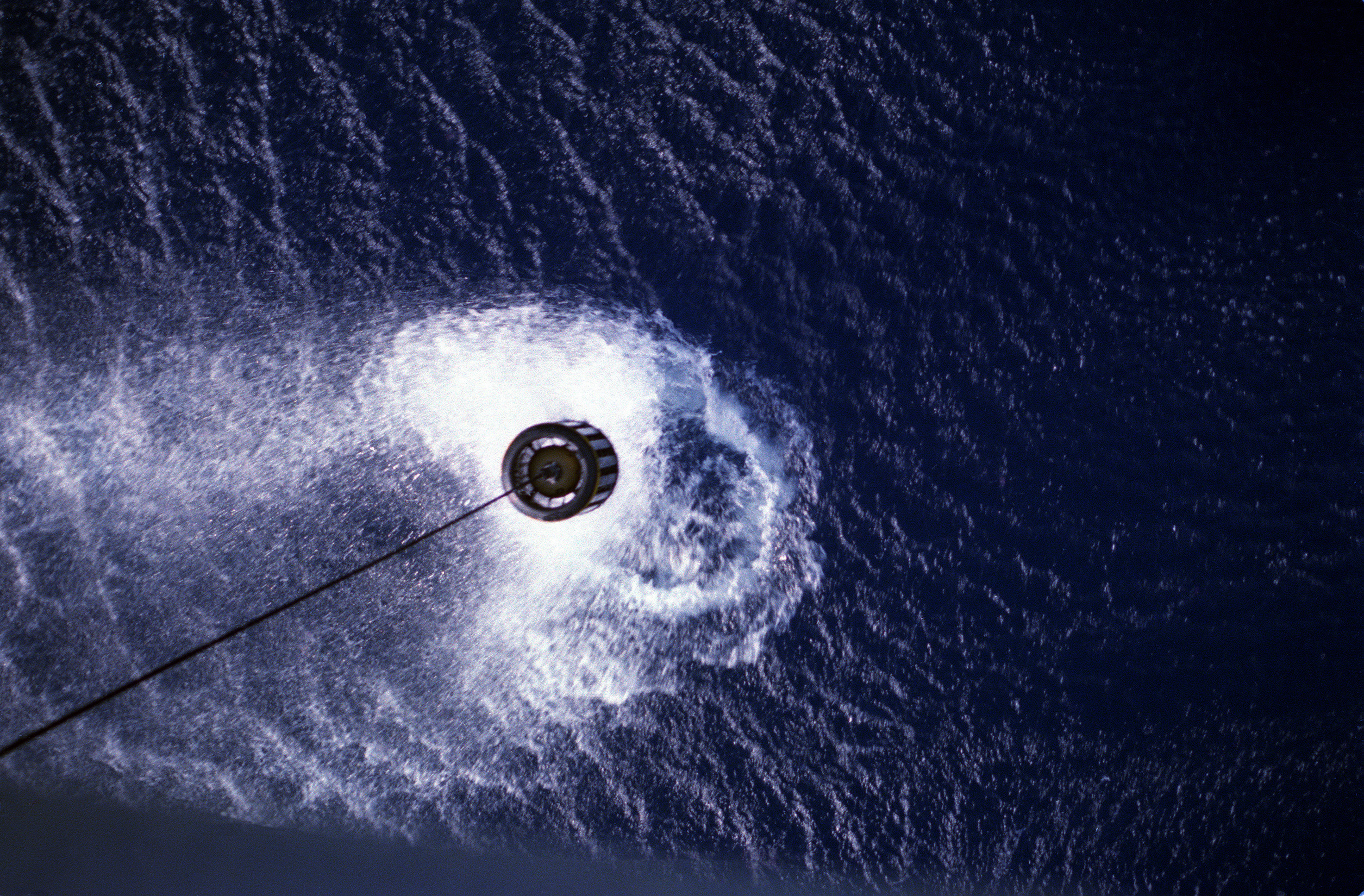vivINDIAN
FULL MEMBER

- Joined
- Mar 29, 2013
- Messages
- 420
- Reaction score
- 0
- Country
- Location
KOCHI: Stealth submarines capable of launching long-range missiles are a threat in any naval warfare scenario. Enhancing the detection capability of the anti-submarine warfare systems is of vital importance in such situations.
Indian Navy experts and scientists and engineers from the Defence Research and Development Organisation (DRDO) met to discuss the challenges in the development of airborne systems and sensors involved in anti-submarine warfare at a national workshop in Kochi on Friday.
"Unlike the threats from the surface and air during any naval war, the threat that comes form under water, from submarines, is the most unpredictable. The biggest advantage in war at sea is having airborne surveillance systems mounted on aircraft or helicopters operating from ships," said the Indian Navy's assistant chief of naval staff (ACNS), Rear Admiral D M Sudan.
Delivering the inaugural address at the workshop, he said that the Navy always supported indigenization in its systems and worked closely with DRDO scientists so that user-inputs can be incorporated in the systems at the design development stage.
"The helicopter-mounted dunking sonar is ideal for detecting submarines. Once the submarine is detected, the helicopters can launch an attack on their own or along with the ship. This is a big advantage against a submarine hiding in the waters," he said, adding that lot of progress has been made on the low frequency dunking sonar (LFDS) which is being developed by DRDO's Kochi-based Naval Physical and Oceanographic Laboratory (NPOL).
Replying to a query on the sidelines of the workshop, Rear Admiral Sudan said that reorganization of the DRDO into clusters, as recommended by the Rama Rao committee, will help in the laboratory-industry-services relations in the development of indigenous systems.
Vikram Sarabhai Space Centre (VSSC) director (R&D) John P Zacharia, in his keynote address, spoke on the need to indigenize and maintain the quality of every bit of the system. "All our computer systems have a micro-processor developed by us. Just like you see the Intel processor for all MS systems, we have fabricated our own and named it Vikram 1601. So no company in the world can hold our work to ransom by denying us technology. We don't use anything from outside. Every bit and piece is developed by our own R&D," he said.
source:TOI
Indian Navy experts and scientists and engineers from the Defence Research and Development Organisation (DRDO) met to discuss the challenges in the development of airborne systems and sensors involved in anti-submarine warfare at a national workshop in Kochi on Friday.
"Unlike the threats from the surface and air during any naval war, the threat that comes form under water, from submarines, is the most unpredictable. The biggest advantage in war at sea is having airborne surveillance systems mounted on aircraft or helicopters operating from ships," said the Indian Navy's assistant chief of naval staff (ACNS), Rear Admiral D M Sudan.
Delivering the inaugural address at the workshop, he said that the Navy always supported indigenization in its systems and worked closely with DRDO scientists so that user-inputs can be incorporated in the systems at the design development stage.
"The helicopter-mounted dunking sonar is ideal for detecting submarines. Once the submarine is detected, the helicopters can launch an attack on their own or along with the ship. This is a big advantage against a submarine hiding in the waters," he said, adding that lot of progress has been made on the low frequency dunking sonar (LFDS) which is being developed by DRDO's Kochi-based Naval Physical and Oceanographic Laboratory (NPOL).
Replying to a query on the sidelines of the workshop, Rear Admiral Sudan said that reorganization of the DRDO into clusters, as recommended by the Rama Rao committee, will help in the laboratory-industry-services relations in the development of indigenous systems.
Vikram Sarabhai Space Centre (VSSC) director (R&D) John P Zacharia, in his keynote address, spoke on the need to indigenize and maintain the quality of every bit of the system. "All our computer systems have a micro-processor developed by us. Just like you see the Intel processor for all MS systems, we have fabricated our own and named it Vikram 1601. So no company in the world can hold our work to ransom by denying us technology. We don't use anything from outside. Every bit and piece is developed by our own R&D," he said.
source:TOI









